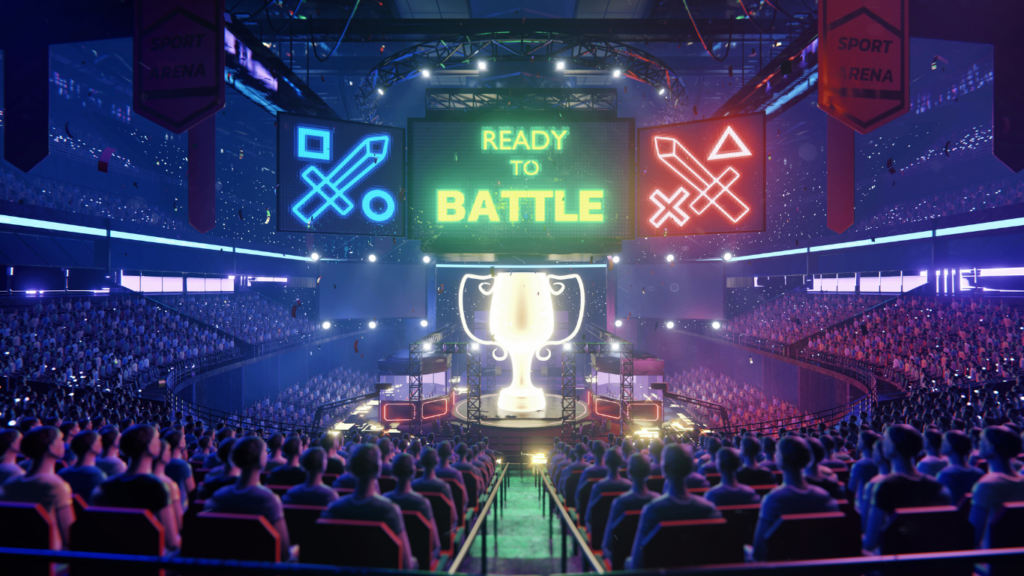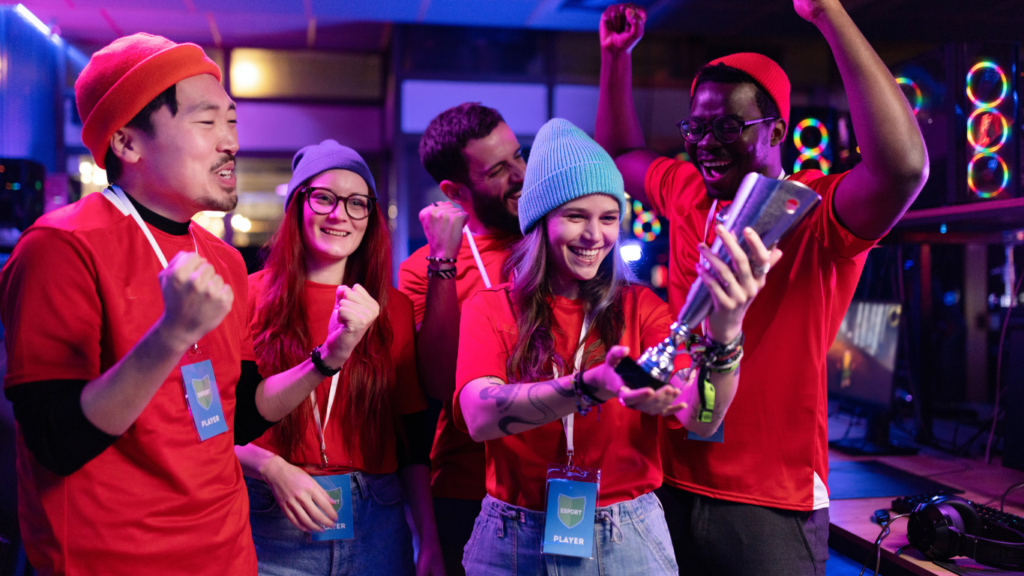Walking into an esports arena is like stepping into a world where energy and passion collide. The roar of the crowd, the flashing lights, and the tension in the air create an atmosphere unlike anything else. But what really goes on behind the scenes of these massive tournaments? There’s more to it than just players and screens—it’s a carefully orchestrated spectacle that brings gaming to life.
Overview Of This Year’s Top Esports Tournaments
This year’s top esports tournaments showcased incredible talent, massive fan engagement, and innovative production techniques. Events like The International 2023, League of Legends World Championship, and VALORANT Champions brought together players and fans from around the globe.
The International 2023
The International 2023 continued to dominate the Dota 2 scene with its record-breaking prize pool of $18.5M. Teams like Team Spirit and Gaimin Gladiators delivered unforgettable performances, thrilling millions of online viewers.
League of Legends World Championship
The League of Legends World Championship featured 22 teams competing for supremacy. With cutting-edge AR technology and a live audience filling venues like the KIA Dome in Seoul, it set new standards for immersion.
VALORANT Champions
VALORANT Champions solidified its place among top events by hosting battles between world-class teams like LOUD and FNATIC. An in-person audience in Los Angeles added to the electric atmosphere, while Riot Games enhanced fan experience with real-time stats and interactive content.
These tournaments revealed the esports industry’s growth and its capability to elevate the gaming experience for both players and audiences.
The Making Of A World-Class Esports Event

Organizing a top-tier esports tournament requires:
- precision
- innovation
- collaboration
across various teams. Every detail, from selecting the venue to coordinating players, plays a crucial role in shaping an unforgettable event.
Venue Selection And Preparation
- The selection of a venue depends on capacity, location, and technological capabilities. For instance, iconic venues like Seoul’s KIA Dome and Los Angeles’ Shrine Auditorium hosted events this year, chosen for their ability to handle large audiences and advanced production requirements.
- Preparing the venue involves structural adjustments for stages, optimal seating arrangements for spectators, and adequate backstage facilities for players and staff.
- Noise-isolated booths for players and high-visibility screens for audiences ensure performance and engagement.
Technology And Infrastructure Setup
Cutting-edge technology transforms esports arenas into immersive battlegrounds. Organizers implement expansive fiber-optic internet, robust server configurations, and backup systems to guarantee uninterrupted gameplay. Production teams integrate advanced AR elements, like those used in the League of Legends World Championship, creating interactive visuals for both in-person and streaming audiences. Real-time analytics display layers of match statistics on jumbotrons and broadcast feeds, elevating the viewer experience.
Coordinating Players And Teams
Ensuring seamless player participation involves meticulous scheduling, travel accommodations, and adherence to competition rules. Teams often arrive days prior for media obligations, sound checks, and practice sessions. Organizers manage communication between coaching staff, referees, and production crews to maintain fairness and punctuality. Events like VALORANT Champions spotlighted their effort to facilitate smoother interactions, ensuring players from teams like LOUD and FNATIC were supported from arrival to match day.
Key Takeaways And Insights For Future Esports Events
Strategic Technology Integration
Harnessing advanced technology remains critical for esports events. AR and VR elements, such as the dragon projection at the League of Legends World Championship, demonstrate how immersive visuals create a lasting impact. Incorporating real-time stats and interactive features for audiences ensures a seamless connection between digital and physical experiences. Future events can scale these innovations to maintain engagement.
Audience-Centric Venue Design
Optimized seating arrangements and technology-equipped venues like the Shrine Auditorium significantly enhance viewer satisfaction. Selecting arenas with suitable capacities and advanced infrastructure, similar to the KIA Dome, ensures that on-site experiences rival online streaming. Prioritizing accessibility and spectator comfort drives higher attendance and engagement levels.
Cross-Team Collaboration
Efficient coordination between production teams, player management crews, and content creators ensures event success. Streamlined scheduling for teams, as seen at VALORANT Champions, reduces logistical challenges while enhancing player performance. Investment in cross-team synergy enhances overall operational efficiency.
Amplified Fan Engagement
Esports grows stronger through community-driven interaction. Tools like interactive Twitch streams, exclusive player interviews, and influencer-led content deepen fan involvement. Organizers who collaborate with streamers and content creators effectively expand their event’s reach and build loyal audiences.
Consistent Innovation
The industry thrives on pushing creative and technological boundaries. From groundbreaking AR implementations to innovative fan experiences, esports tournaments set new benchmarks for entertainment. To remain competitive, events must continue evolving, integrating novel concepts and technology to captivate global audiences.





